As a child did you ever dig really deep into the sand at a lake and discover clay hiding beneath the water. It was the most magical discovery as a kid and worked great to build those sandcastles. Fast forward to adulthood- clay is still magical, yet replace the sand castles with our skincare.
Bathorium has curated a wide range of clays, each with their own beneficial properties. Let's dive into each one that can be found in our products and learn why they will have you saying 'Clay It On Me!".
What Is Clay?
- Clays are naturally-occurring, earthy, mineral-rich elements derived from various sources including volcanic ash, rocks, soil, or sediment.
- Each clay has a unique combination of minerals, such as Calcium, Iron, Magnesium, Potassium, and Silica, that gives it an inimitable composition.
Kaolin Clay
Kaolin is a naturally occurring clay mineral. It is also sometimes known as China clay and tends to be white in colour, though this can vary. The name “Kaolin” originates from “Kaoling”, a hill in China from where this clay was first obtained or mined.
Ground into a fine powder, it is very absorbent but it is gentler than some other varieties of clay, which makes it ideal for reducing oiliness and shine in all skin types. When applied to the skin it absorbs excess moisture, and has been used for hundreds of years as a skincare ingredient - primarily in Asia. Kaolin clay cleans traces of dirt, pollution, grime, and bacteria effectively from your skin. It removes traces of dead skin cells without causing any redness or irritation.
Found in ALL our core products
Australian Pink Clay
Australian Pink Clay is a combination of red and white clays- so it contains both their benefits. It is considered to be the mildest of all the clays and works well for normal, sensitive and mature skin types. Red clay contains copper which production of collagen and elastin in cells.
Another reason pink clay is great for drier skin types is to do with the that the fact the clay doesn’t remove skin’s natural oils which keeps it balanced and comfortable.
Found in Pomelo Grove Bomb
BC Blue Glacial Clay
This Ultrafine Canadian Glacial Marine Clay is a product of erosion caused by the movement and melting of glaciers. It eventually deposits as a sediment in the ocean and becomes enriched with beneficial phytoplankton, and is one of the most pure clays on the market in terms of the concentration of minerals and elements.
Another beneficial element to this clay is the micro size of its particles and its amazing absorptive ability. The osmotic power of the clay pulls moisture up from deep inner tissues to hydrate the surface of the skin and also cleans the skin without dehydrating it, as other cleansing agents may do.
Found in Northern Sage Recovery CRUSH
Moroccan Lava Clay
Rhassoul Clay is a high-quality soothing clay sourced from the Atlas Mountains in Morocco. It is also called Ghassoul Clay, Red Clay, and Red Moroccan Clay, and it can only be found under this specific mountain range in Morocco. It is formed by a natural combination of volcanic activity and geothermal changes.
Moroccan clay with its silk-like feel can help even out skin tone and reduce blemishes. It has the unique ability to both nourish skin and reduce breakouts. In fact, clinical studies and testing on Rhassoul found that it can increase skin elasticity.
Found in Eucalyptus Apothecary CRUSH
French Green Clay
This clay is sometimes called sea clay and is by far one of the most majestic, most effective, and most commonly used mineral skin clays found in the world. It contains a cornucopia of valuable elements. Green clay owes its coloration to two very important factors: iron oxide and decomposed plant matter.
This mineral-rich clay can help draw out impurities, tone, and exfoliate dead skin cells and reducing inflammation in acne. It can also be used as a full-body treatment to soften dry, rough skin.
Found in Boreal Fog Bomb
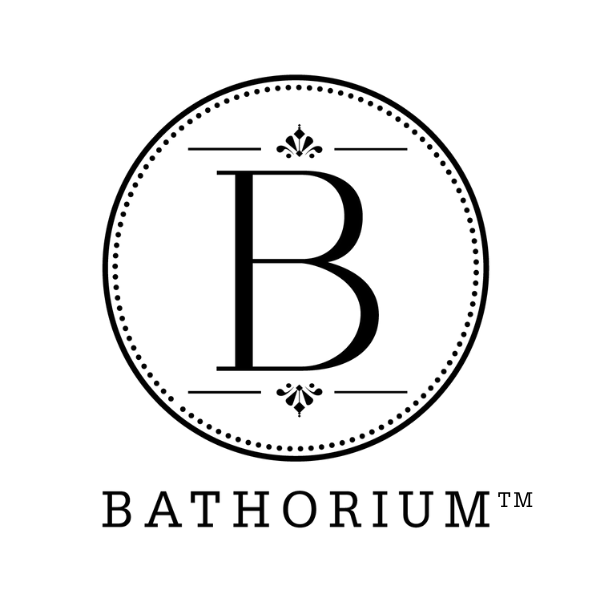

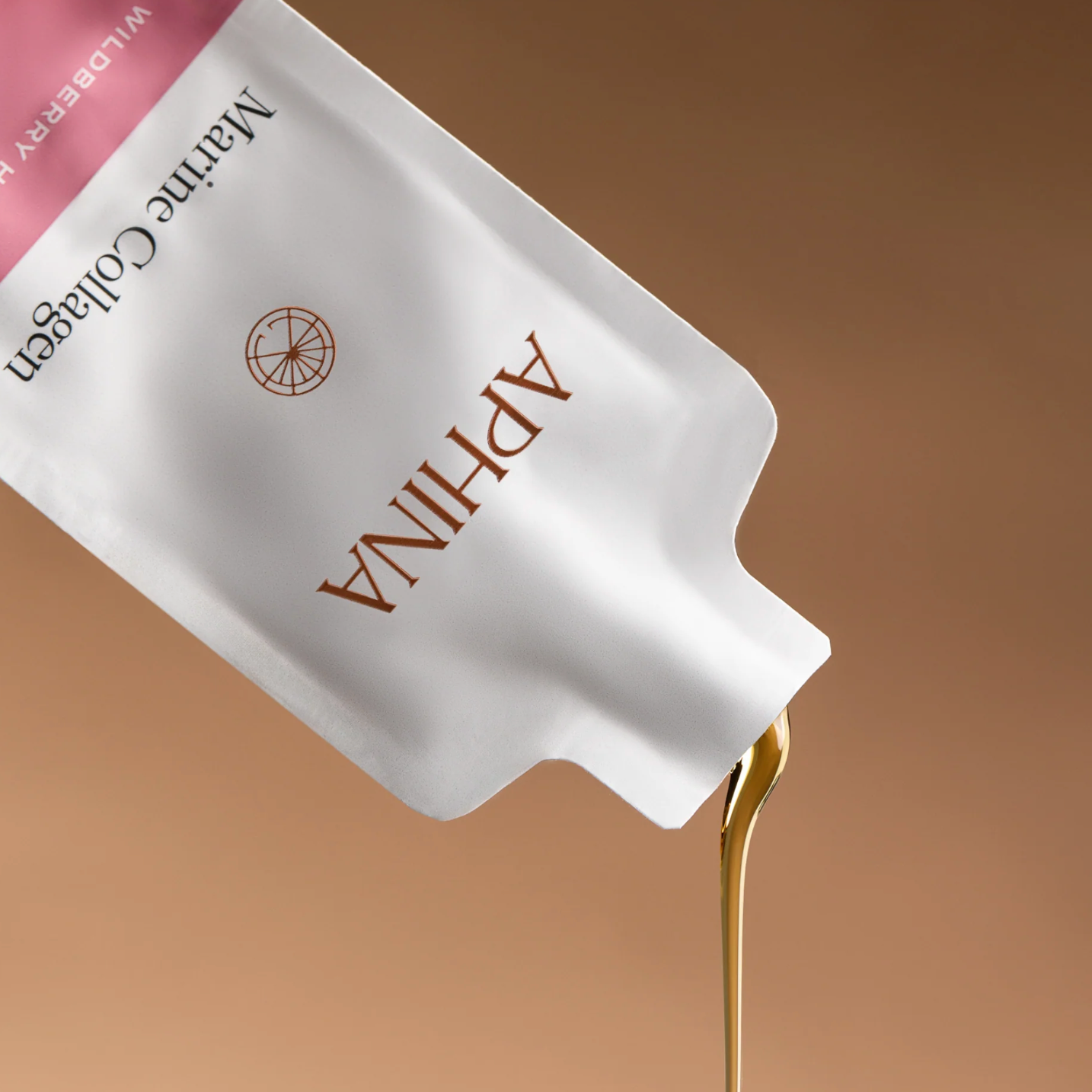
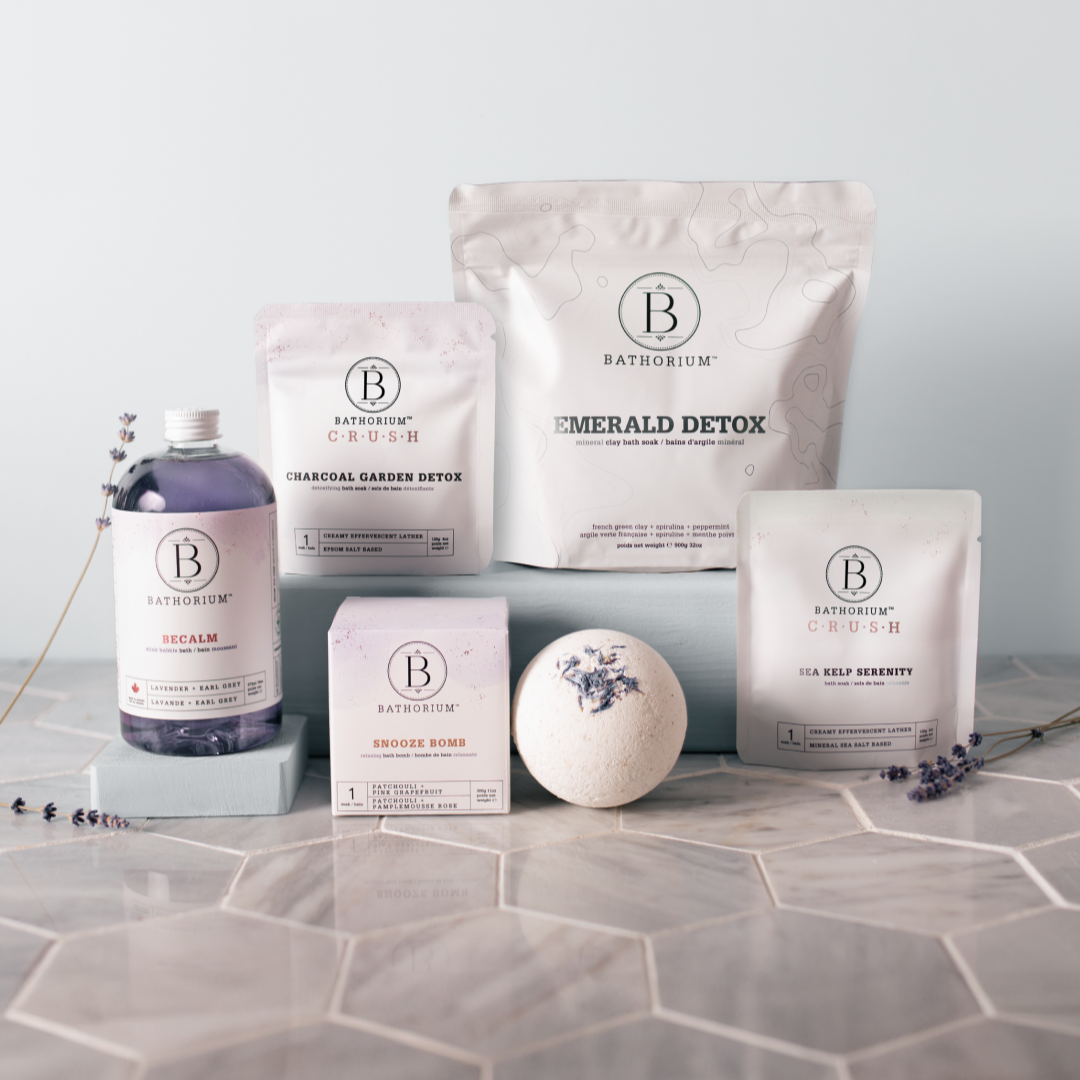
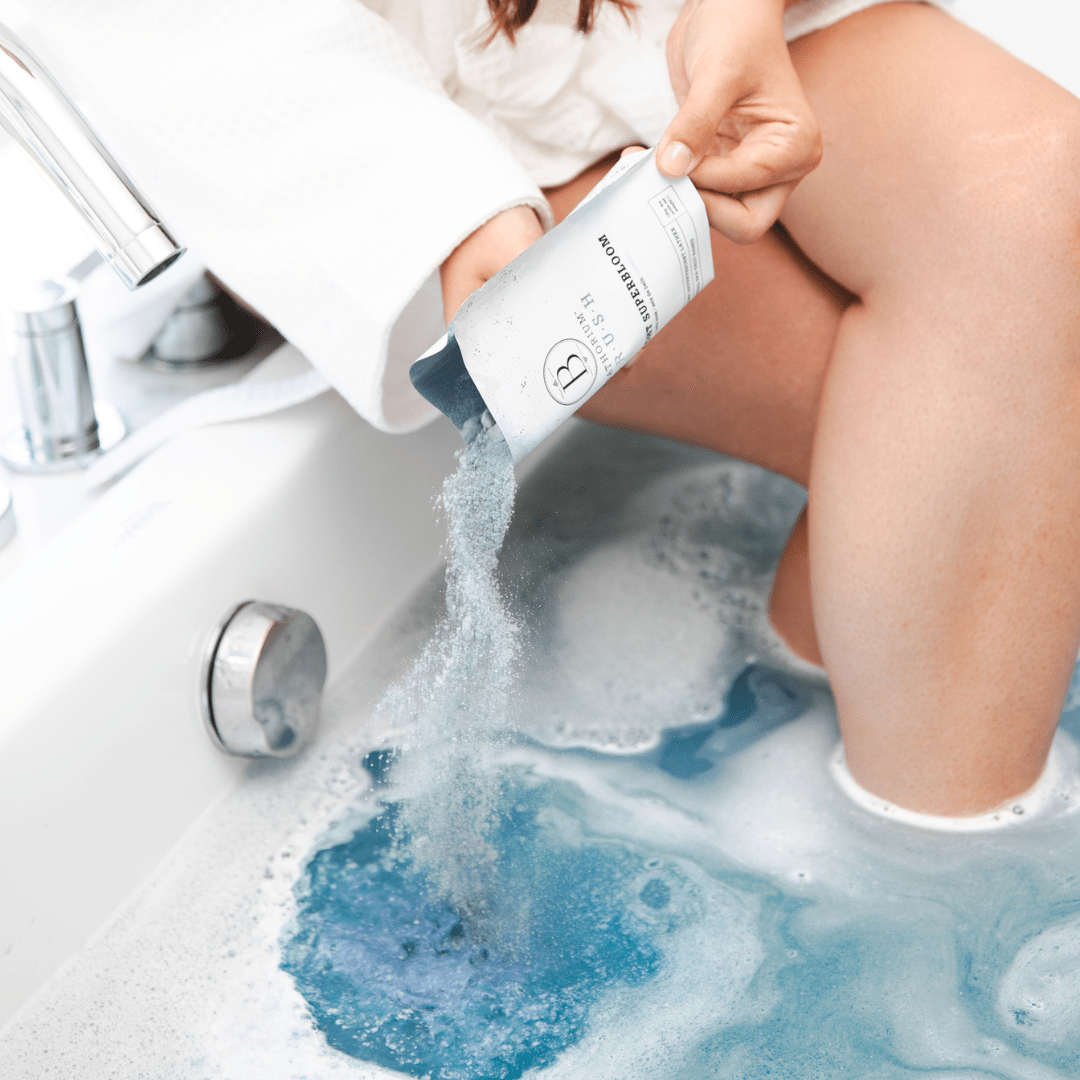




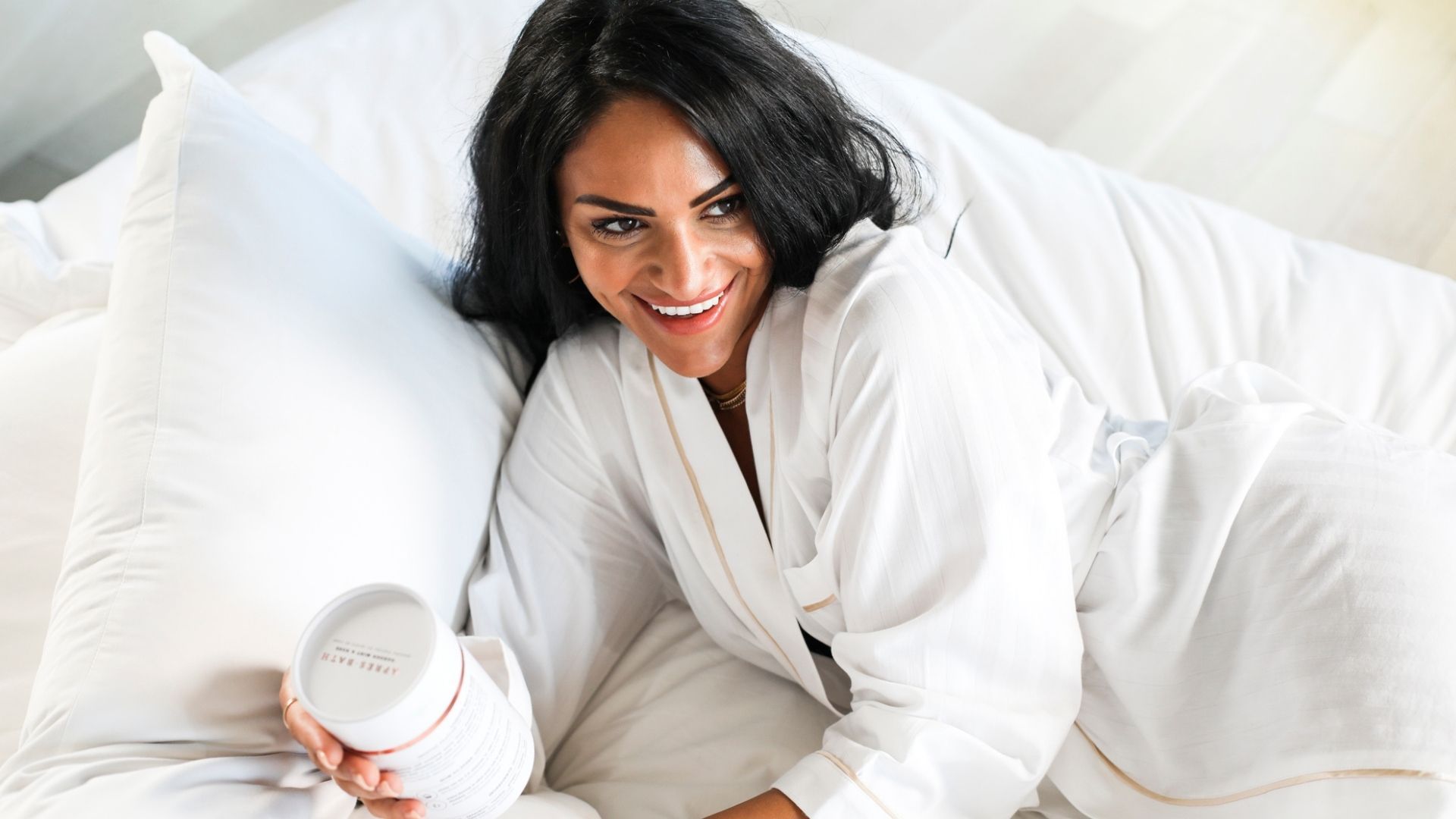







Leave a comment
This site is protected by hCaptcha and the hCaptcha Privacy Policy and Terms of Service apply.